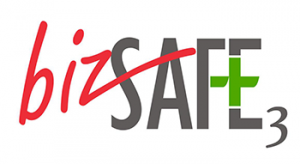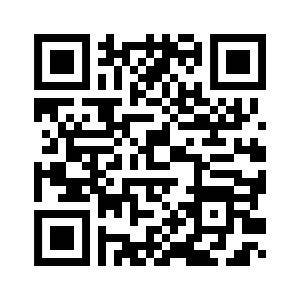In 2000, Microsoft gathered its top leaders at its headquarters in Seattle to discuss whether they should outsource the provision of in-house training.
Before the retreat, leaders were asked to prepare information pertaining to the side they supported.
During the first part of the retreat, Microsoft asked its leaders to split according to whether they were for or against outsourcing, and to argue and present its evidence on why this was so.
After they argued their case, a curveball was thrown.
Leaders were now asked to change sides. Those who were arguing for now had to argue against the case.
Eventually they came to a more robust discussion, and both sides began to understand each other’s points.
It was an interesting case of how the flip-flop debate method was used in the commercial world.

Such a process of:
- Asking participants to group together, to prepare one side of the argument
- Getting participants to line up
- Giving each party a few minutes to argue their case
- Asking participants to regroup again to prepare the other side of the argument
- Letting participants contest their case again.
can often seem difficult to understand.
The flip-flop debate approach is different to other facilitation techniques because of how it encourages participants to take another point of view.
Most facilitation techniques look at probing and understanding a participant’s perspective on a matter. But the flip-flop debate instead invites participants to look at an opposing point of view, and to argue it.
It was one of the many things taught FNS’ Community of Practice (CoP) on 9 September 2023.
The difference between icebreakers and energisers
Both Janice and Prabu, the co-founders of Facilitators Network Singapore, started the session with an energetic ice-breaker called “Captain on Board”.
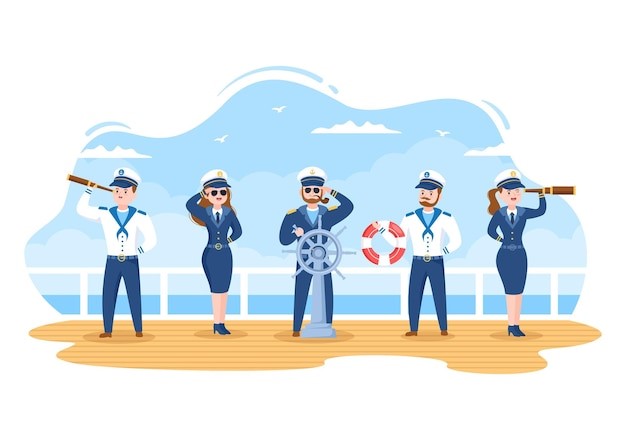
- First, the participants stand around randomly in a clear, open area.
- The facilitator gave a command and the participants must react accordingly:
- ‘Captains on the Board’ – where everyone stands at attention and salutes
- ‘Lighthouse’ – a 2-person combo where one person stands up straight while the other circles around him/her ‘throwing’ light out at sea.
- ‘Person Overboard’ – a 3-person combo where two people hold each other’s hands and the third person stands in between them looking overboard while turning right and left to look for someone who was overboard.
- ‘Row Ashore’ – a 4-person combo where participants line up and imitate the first person rowing actions.
During each command, those who could not form the required groups would be eliminated. It was both an icebreaker, and an energiser.
Prabu debrief the lesson behind the activity while Janice took time to discuss the difference between an ice-breaker and an energiser.
Energisers and icebreakers were not the same. Icebreakers had to create an opportunity for the person to connect with one another at a personal level.
On the other hand, energisers were meant to raise the energy of the group.
Energisers thus were not necessarily icebreakers, and icebreakers were not necessarily going to energise you. Making this distinction is important, because as facilitators, we may often confuse the terms.
When we share these activities with participants, using a certain term may connote a certain expectation. You could imagine the disappointment if you told participants they were going to start with an energiser activity, only for them to sit and talk about a heavy topic with each other.
Unmet expectations would affect the experience of the group (and your chances of being invited back).
Putting such activities at the beginning of the facilitation workshop bought time for latecomers to join.
More than that, it provides an experiential way to connect to the discussion topic of the day, which aptly, was around, change management.
As we know from change management, there are many instances where people are thrown overboard and left to sink or swim. Those who cannot be agile and move fast are often left in the ‘museum’.
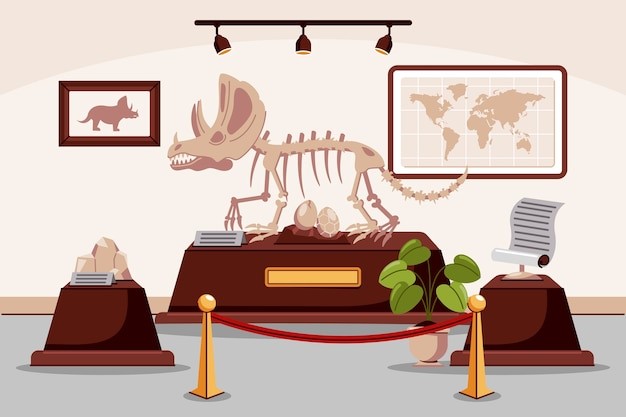
When change is common
Prior to the workshop, there was a reading of an extract from Peter Block on “The Myth of Change Management”.
Participants discussed and shared key lessons and concerns they had about what Peter Block argued.
What is the question?
I shared an example of how a board I once sat on was extremely concerned about the proposed cut to funding. It was existential and emotional, as it would connote the sacking of staff and the reduction of salaries.
Everyone jumped into problem solving mode, suggesting ideas and ways to fix the problem.
Yet one of the board members slowed everyone down and asked,
What actually is the problem here? Is it that we do not have enough money to do what we want to do, or is the problem that we are not keen on doing less with less money?
As Peter Block eloquently puts it,
There is nothing more practical in human matters than to postpone the urge to be immediately practical.
If we can accept that there is no solution to human problems, that they cannot be engineered or purchased away, then we can accept that the question is more important than the answer.
Often, asking the right question matters much more than finding the right answer.
But of course, in pragmatic Singapore, we are not always too happy with such advice.
My fellow group member, Fun, observed that often, it was important to note why the question was even raised in the first place. Being aware of where these questions were coming from might give a better clue of our own internal workings, and why we are so tempted to resolve the question.
Has the decision been made?
And in resolving difficult questions in organisations, often consultants are brought in to help.
One participant shared about how as a consultant, he had often been the ‘hired gun’.
He thought organisations were often “borrowing consultants to shoot their own organisations”. In those cases, the decision had already been made.
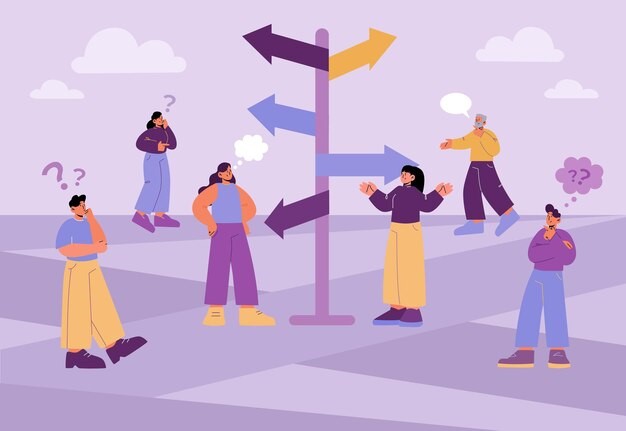
Often, he was brought in to deliver bad news to the organisation, and to give a veneer of credibility to the decision made by the management.
For example, the management may have already made up their mind on retrenching a section of the workforce. But the consultant would be brought in to show that it was not simply a management decision, but that it had backing from ‘independent’ parties.
As Janice observed, the first question we must be asking organisations is “Has the decision already been made?”
But the second question to be mindful of was also to ask,
Are organisations truly open to hearing what others had to say, or whether do they just want to hear what they want to hear?
Hard decision, heart implementation
This circles back to the idea of when this Peter Block’s approach of ‘asking better questions’, might best work. Would it be before the decision, or after the decision was made?
May Yan, another participant, shared how there might usually be a “hard decision, but a heart implementation”. Peter Block’s approach might thus work better in building support for the decision, rather than making the decision.

No right answers
In something as complex as life, there are no right answers that encapsulate the entire spectrum of possibilities and problems.
And as process facilitators, the purpose is not to produce the right answers.
Rather, it is about building and running a robust process so that the answers that emerge will be the ones that are owned by the group and have a greater longevity within the organisation.
Byline
John contributed this article. He speaks and writes about building healthier and happier workplaces for millennials and writes regularly at liveyoungandwell.com.
Join us at FNS’ first ever CoP in the Field – CoP in the Field: Adventure and Experiential Based Team Learning on 26 Nov 2023 Sunday, 10:30am to 1:00pm at Queenstown Community Centre (CC), organised in support of a Charity Event at the CC.
Please register via this link: https://www.surveymonkey.com/r/COP26NOV2023
Your registration will only be confirmed upon receipt of payment.
For more information, please contact us at admin@fns.sg or check out our website at www.fns.sg.

